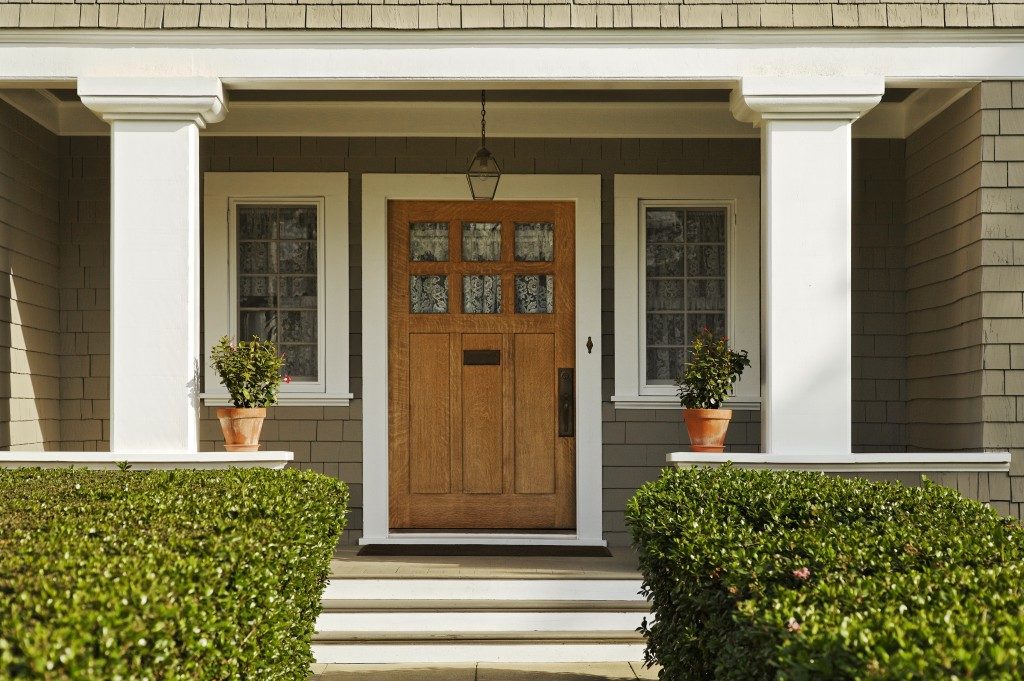The door is an essential part of any place that makes entry or exit easier. Keeping out people who aren’t supposed to be there and letting air out (or keeping it in), doors have been an obvious and permanent part of the infrastructures for a long time.
But they were not always like that. Doors have evolved through the years through different styles, functions, and designs. The doors in ancient Rome are certainly a far cry from cavity sliding doors in Melbourne or any other place in Australia and the world, but still, they share the same function—just different ways of getting it done.
However, if you’re doubting that something so simple as a door can really have such a colorful history, read on. You’ll be pleasantly surprised by what you will find out.
Early Doors
Of course, the earliest doors were the simplest ones. They are often just a plank of wood or stone with two pivots at the top and sockets usually made of harder materials. The oldest doors were single or double doors that didn’t have doorknobs and were usually sealed shut with a plank of wood or something similar.
However, what they lacked in sophistication they made up for with decoration. Records of these early doors often spoke of huge, gilded structures inlaid with precious stones and metals such as gold and silver. They were often carved delicately with elaborate signs and symbols.
Since the earliest opinions of doors often held them as literal passages or separations between life and death, it was inevitable that doors would be held with some reverence by our ancestors. They were also quite costly to build, which is why most dwellings didn’t have such elaborate setups or none at all.
Classical Doors

The advances in science and culture that primarily came with the Roman period saw the movement of the door from a religious or royal viewpoint and became much more accessible to the common folk. Doors during this age were more utilitarian and fulfilled a more practical purpose in everyday life, which explains how they were found almost everywhere.
In particular, this was the age that doors started to evolve from the push and pull designs. There were now folding and sliding doors as well. In particular, these types of doors were common in public spaces that the Romans frequently used, as a marker of both their function and the status of the building that they were attached to.
The materials used in building them became more elaborate as well. Since the world had just discovered smelting, doors were no longer made of wood (which can easily rot or be burned down) or stone (which were difficult to manufacture, place, and open). The doors following the innovation of metal were often alloyed from bronze, iron, and copper, though the malleability of the material made it similarly suitable for etching and carving just as stone and wood were.
The next time you pass through a pair of automatic doors or a door in general, take a brief moment to appreciate the earliest attempts at making these entryways possible. The doors we have today have come a long way since then, and we’re only making them better.

